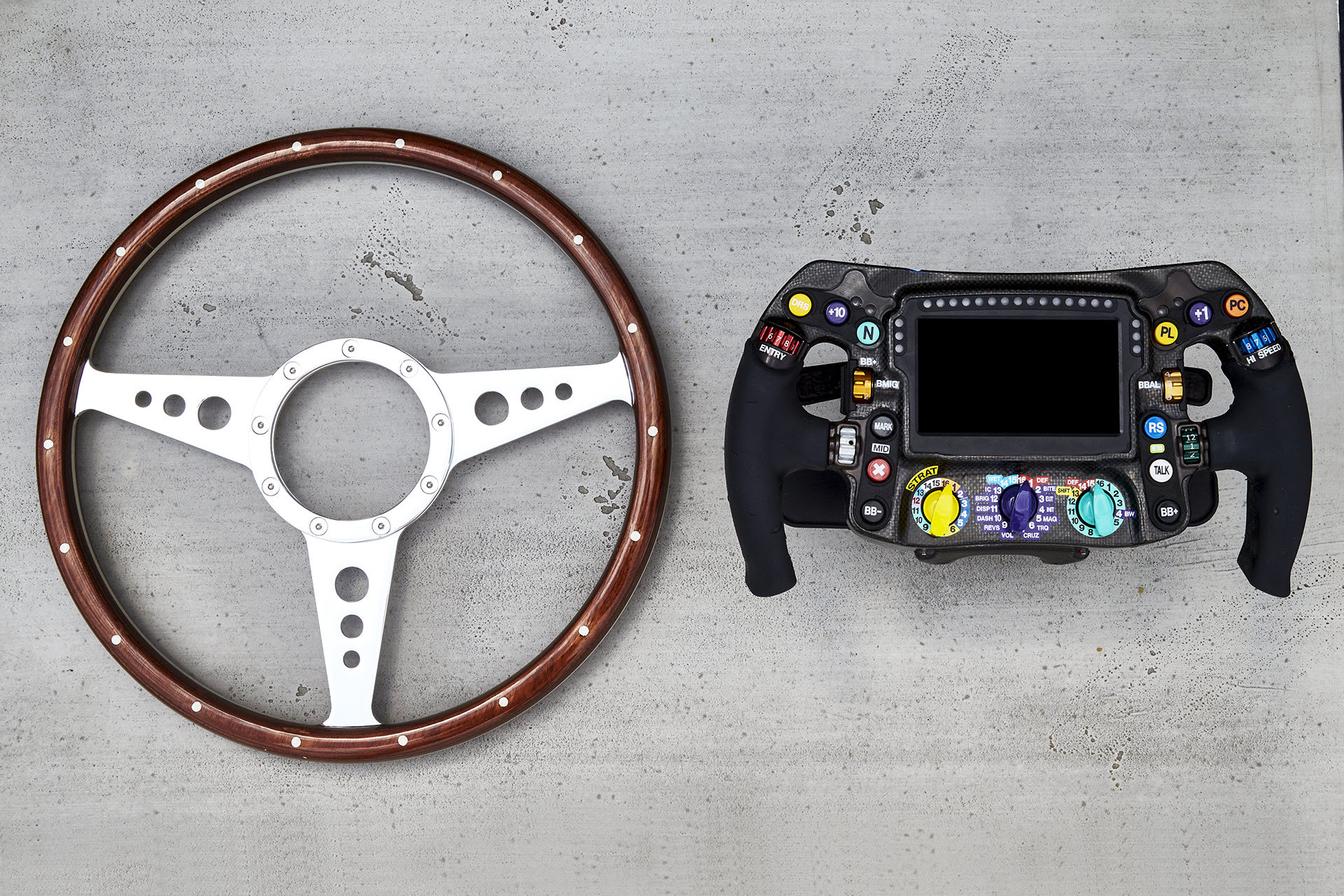The Key 2024/2025: The Story of the Evolution of the Steering Wheel
02 August 2025 1 min read 3 images

The first steering wheel fitted to a car appeared in July 1894, mounted on Alfred Vacheron's Panhard 4 CV during the Paris-Rouen race, considered the first automobile race in history, organized by journalist Pierre Giffard for Le Petit Journal. More than a race, it was a demonstration event, a clever promotional effort for a technological innovation still seeking recognition: the automobile.

How has the steering wheel evolved over the course of history? The Key - Top of the Classic Car World traces the evolution of the device that allows the driver to control the car's trajectory, from its origins to the early 2000s, analyzing the innovations introduced. Initially, steering wheels were embellished with the chosen material, such as wood or polymethacrylate like Lucite. Then, experiments began with shapes that weren't necessarily round and the integration of car controls within them.

Each proposal had its own logic. Sometimes they were advances, many others were ingenious attempts, but not enough to replace the classic steering wheel we're used to. It's fun and interesting to see how far design imagination could go. Racing, such as Formula 1, also influenced the evolution of the steering wheel: particularly on Michael Schumacher's Ferrari in the late 1990s, it was transformed into a true control center, with integrated controls and functions, all easy to operate. Production cars have also adopted this approach: today, the steering wheel is often multifunctional and not necessarily round.

In the 2024/2025 edition, The Key offers a 16-page journey through the history and transformations of this iconic object, recounting its evolution from the first experiments to the dawn of the new millennium.
👉Order The Key here: The Key 2024/2025


